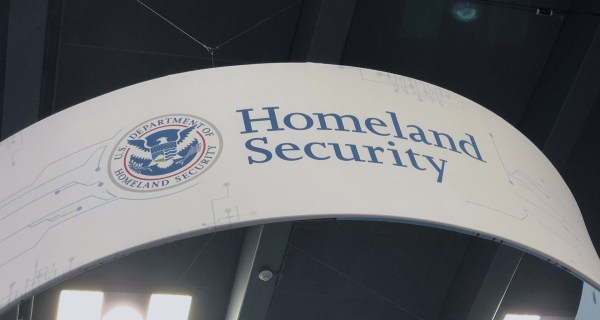 GSA rendering of part of the new DHS headquarters facility planned for construction at St. Elizabeths in Washington, D.C.
GSA rendering of part of the new DHS headquarters facility planned for construction at St. Elizabeths in Washington, D.C.Two prominent House Republicans reprimanded the Department of Homeland Security and the General Services Administration last week for mismanaging the construction of the new DHS headquarters facility, which officials say is more than $1 billion over budget and not expected to be completed for another 12 years.
“The project has become a monument to mismanagement,” said Rep. Jeff Duncan, R-S.C., chairman of the Subcommittee on Oversight and Management Efficiency, during a hearing Sept. 19 focused on a new 77-page report by the Government Accountability Office detailing the schedule delays and cost overruns that have plagued the construction of the new facility on the grounds of the historic St. Elizabeths hospital in Washington, D.C.
“DHS’ cost and schedule estimates aren’t worth the paper they’re printed on. The truth is DHS and GSA don’t have any idea how much St. Elizabeths will cost or when it can be finished,” Duncan said, calling the government’s oversight of the effort “leadership malpractice.”
DHS and GSA selected the St. Elizabeths site in 2006 to become the future home of a DHS headquarters that would help integrate the massive, sprawling collection of component organizations into a single agency — DHS’ so-called “One DHS” vision. But construction did not begin until 2009. The facility was supposed to be completed this year, but so far only the U.S. Coast Guard has moved in.
But the latest GAO report slammed both agencies for failing to use leading best practices for capital decision making and reliable cost and schedule estimates.GAO recommended that Congress make future funding for the project contingent upon DHS and GSA developing new plans for St. Elizabeths that follow these established guidelines.
David C. Maurer, director of Homeland Security and Justice programs at GAO, emphasized the problems facing the DHS headquarters consolidation effort are not new and could have been avoided.
“Seven years ago, we issued a report expressing concerns about the future of the project,” Maurer said. “We recommended, among other things, that GSA and DHS develop a comprehensive cost analysis and comparison of alternatives.” The agencies, however, did not see the need to refine their estimates or consider alternatives, he said. “That proved to be a missed opportunity.”
Homeland Security Committee Chairman Rep. Michael McCaul, R-Texas, urged DHS to reassess the project and said any further funding from Congress should be conditional to the department’s creation of a new plan.
Norman Dong, the commissioner for public buildings service at GSA, defended the first phase of the headquarters consolidation project involving a new Coast Guard building. “This state-of-the-art facility will use sustainable technologies to drop energy use to more than 30 percent below industry standards and cut water usage by nearly 50 percent,” Dong said. “Additionally, this phase included perimeter security, the renovation of several historic buildings, infrastructure improvements throughout the campus, and a 2,000 car parking garage. We completed Phase 1 on time and on budget, and in the process, eliminated five leases and moved nearly 1 million square feet of space to federal ownership.”
But of the 181 leases for office space in the 53 locations that currently house DHS components, more than 150 are scheduled to expire by 2016, adding more uncertainty to the extent of potential cost overruns by the time St. Elizabeths construction is completed in 2026.
Rep. Ron Barber, D-Ariz., the ranking member on the subcommittee, raised the specter of a broader problem for DHS facilities management nationwide. According to Barber, DHS recently built houses for U.S. Customs and Border Protection agents valued at nearly $700,000 each in small retirement community where the average home value is only $88,000.
“This is not just an issue at St. Elizabeths,” Barber said. “We have to be concerned about a broader problem, and that is how does this third largest federal agency manage the money that the taxpayers give to us and we to them to fund the agency’s mission.”




